A $40 million contract has been awarded for the production of MK54 Mod 0 lightweight torpedo kits for the US, UK, Canada, Australia and Taiwan.
It was confirmed last year that British P-8 Poseidon aircraft will operate with American rather than British weapons for the time being.
The move has been welcomed by many as the cost of bringing the aircraft into service in the UK will now be lower, it is fully expected that British weapons will eventually be integrated in the future.
“Progeny Systems has been awarded a $40,601,413 cost-plus-fixed-fee, cost-plus-incentive-fee, fixed-price-incentive-fee contract for the production of MK54 Mod 1 lightweight torpedo kits and related test equipment, spares, and engineering and hardware support services.”
According to the contract notice, this contract includes options which, if exercised, would bring the cumulative value of this contract to $303,186,635.
This contract combines purchases for the US Navy and the governments of Canada, the commonwealth of Australia, the United Kingdom, and Taiwan under the Foreign Military Sales programme.
“Work will be performed in Charleroi, Pennsylvania (55 percent); Salt Lake City, Utah (41 percent); and Manassas, Virginia (4 percent), and is expected to be completed by August 2022. Fiscal 2018 weapons procurement (Navy) funding in the amount of $21,690,207; fiscal 2017 weapons procurement (Navy) funding in the amount of $18,550,183; and FMS funding in the amount of $361,023 will be obligated at time of award and will not expire at the end of the current fiscal year.
This contract was not competitively awarded in accordance with 10 U.S. Code 2304(c)(5) – a statute expressly authorizes or requires that the procurement be made from a specified source. The Naval Sea Systems Command, Washington, District of Columbia, is the contracting activity (N00024-18-C-6410).”


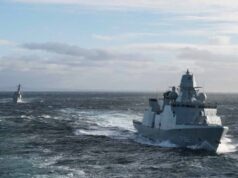
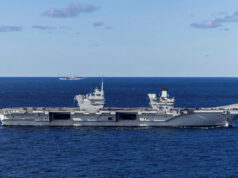
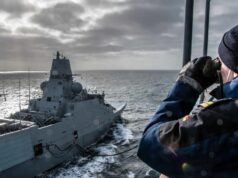
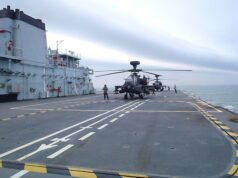

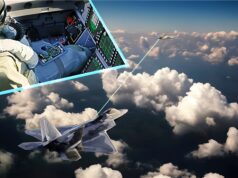
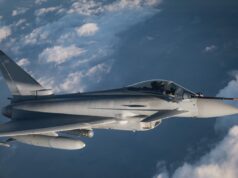

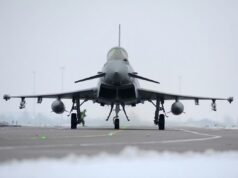
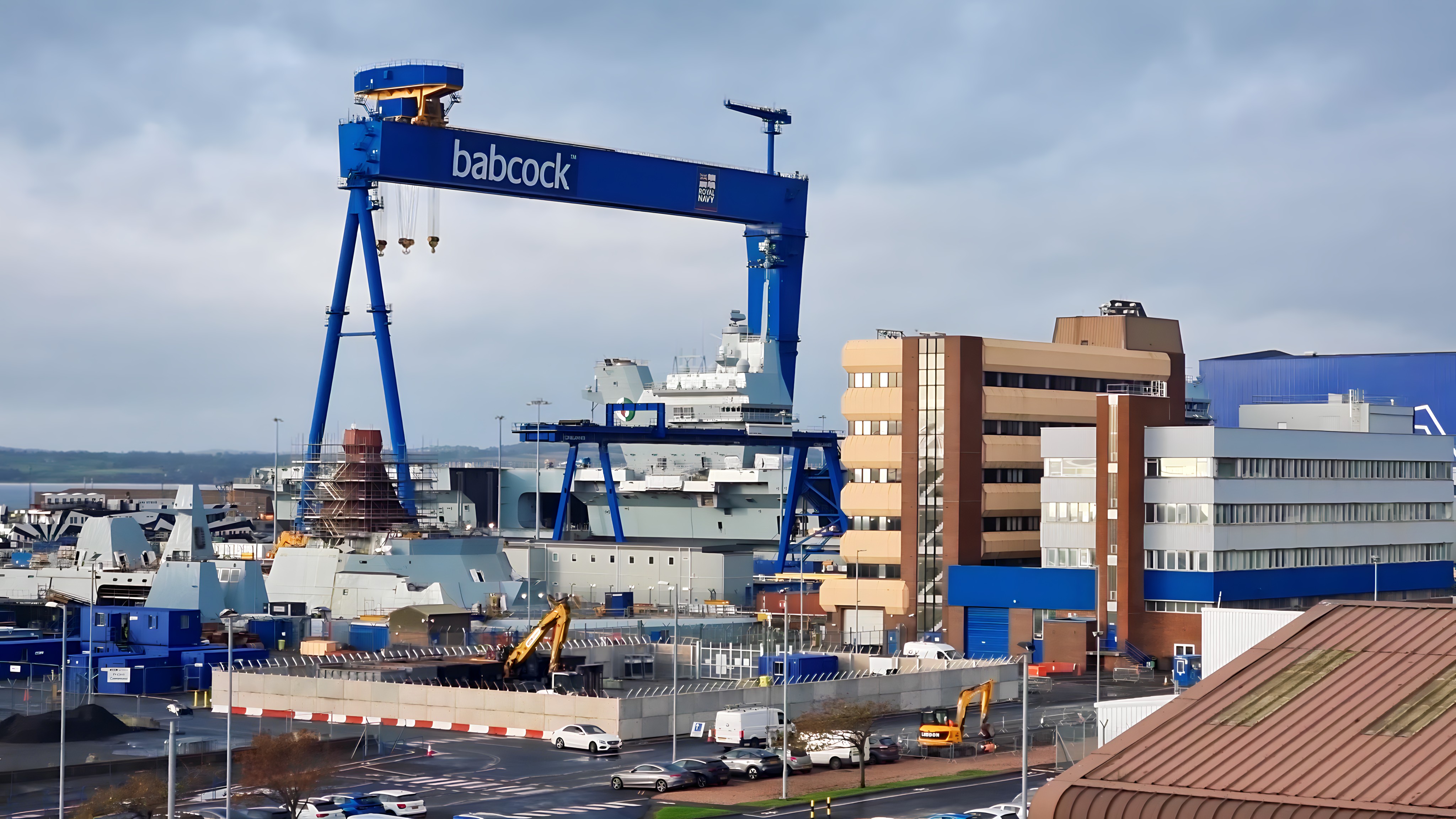

I can’t see why anyone would have a problem with this. If the weapons are good enough for the other countries why would we need to try and re-invent the wheel at vast expense just to try and create a few extra jobs here?
The money saved can be used to make sure the P-8’s we’ll have are kept in top notch condition and as up to date as possible which is way more important.
Putting a MK54 on a P8 is equivalent to sticking a Red Top missile on an F35. Imagine the cries of horror that would ensue if the UK did that?
The Mk 54 is a new homing head on a 1960s tech Mk 46 Otto fuel driven torpedo.
The Sting Ray with its direct energy shaped charge warhead and electric propulsion system was developed to counter deep diving titanium double hulled soviet subs in blue water engagements. Why? Because the Mk 46 with its Otto fuel motor and simple blast warhead had no chance of sinking such a sub.
Since then nothing has changed with regard to the targets but subs in the littoral are now to the fore.. Sting Ray has had a number of software and hardware upgrades to counter the threats and if anything is even more capable now even in the littoral. It’s ability to stay near the surface when it “lands” instead of plunging deep improves its ability against shallow subs .
I am assuming here that the Mk 54 uses the same parachute as the Mk 46 did to stabilise the weapon on water entry when released from. The parachute needs to attach to the otto motor vent exhaust on the tail of the torpedo. If it does then the parachute releases on hitting the water which means it’s going to plunge on landing and reduce its effectiveness in shallow water.
“Putting a MK54 on a P8 is equivalent to sticking a Red Top missile on an F35. Imagine the cries of horror that would ensue if the UK did that?” – No it isn’t and to suggest as such is absurd!
“The Mk 54 is a new homing head on a 1960s tech Mk 46 Otto fuel driven torpedo.” – it was the most cost effective solution for the USN to update their lightweight torpedo stocks with a credible weapon.
“The Sting Ray with its direct energy shaped charge warhead and electric propulsion system was developed to counter deep diving titanium double hulled soviet subs in blue water engagements.” – yes it was but how many deep diving titanium hulled attack submarines are in service at the moment…ZERO!
“Why? Because the Mk 46 with its Otto fuel motor and simple blast warhead had no chance of sinking such a sub.” – that is open to debate but as there is no Alfa class or equivalent submarines in service currently we are no going to find out are we. If this threat does present itself in the future there is no reason why MK54 can’t be upgraded with a new warhead.
“Since then nothing has changed with regard to the targets but subs in the littoral are now to the fore” – that is a pretty large change actually.
“Sting Ray has had a number of software and hardware upgrades to counter the threats and if anything is even more capable now even in the littoral. It’s ability to stay near the surface when it “lands” instead of plunging deep improves its ability against shallow subs .” – that’s nice. Considering MK54 was developed to counter exactly the same threat one can assume and there is plenty to support the assumption that it also has clever modes to do much the same.
“I am assuming here that the Mk 54 uses the same parachute as the Mk 46 did to stabilise the weapon on water entry when released from. The parachute needs to attach to the otto motor vent exhaust on the tail of the torpedo. If it does then the parachute releases on hitting the water which means it’s going to plunge on landing and reduce its effectiveness in shallow water.” – quite possibly but the MK54 program just the same as the MK48, Stingray and Spearfish is ongoing. If it is deemed that the threat level needs a new motor or parachute assembly then it will be worked in.
Integrating Stingray onto the P8a would be nice to have but not at the cost of other things.
I will reply but I am on my phone so apologies for the typos
The back end of a 54 is a Mk 46. The new front end is from a Mk 50. The Mk 50 was to expensive hence the bastardised version they have now. The Mk 46 back end is a very poor propulsion unit for a modern torpedo. It is slow and has a limited range.It was 30 years ago when I maintained them and things have not improved. The US and other operators I have spoken to know this and recognize the need to change it. However cost is a driver. It has now gotten to the point where an operator I worked with uses 2 types of torpedo onboard from two different makers because the 54 cannot deliver across all scenarios.
There are still deep diving double hulled subs out there along with subs that have large cruise missile saddles outside of the pressure hull. Sting Rays homing system and warhead are designed to aim for specific weak spots on a subs hull. If it gets the right spot the warhead can punch through tens of feet of steel, pipework free flood space etc and still have enough energy to crack the pressure hull.
I really am giving up with phone typing…enough to say I think we both agree that the Sting Ray needs integrating into a P8 sooner rather than later.
“The back end of a 54 is a Mk 46. The new front end is from a Mk 50. The Mk 50 was to expensive hence the bastardised version they have now. The Mk 46 back end is a very poor propulsion unit for a modern torpedo. ” – I know all this.
“I really am giving up with phone typing…enough to say I think we both agree that the Sting Ray needs integrating into a P8 sooner rather than later.” – no I don’t agree. At the moment I am more concerned about getting P8a into service promptly and in an affordable manner. Pure ASW is only one part of its role and MK54 is adequate for the moment, if threat levels change then I am not against this being reviewed but all the howling at the wind and tearing of clothes over this is silly and your initial assertion that it is like putting Red Top on F35 is nonsense imho.
Simply because Stingray is a better torpedo, and is already in the inventory. In the short term it’s cheaper to go with off the shelf weapons, but putting Stingray on the HAAWWC shouldn’t present any problem going forward.
Someone read your question Daniele!
Yep just seen!
Welcome news, but honestly, what a mouthful:
“…cost-plus-fixed-fee, cost-plus-incentive-fee, fixed-price-incentive-fee contract…”
Only option available to U.K. once P-8 became the choice. To integrate Stingray on P-8 would be very expensive. Also if P-8 will be operated as intended, then the GPS guided glide kit will also have to be procured eventually for the MK-54. To develop something similar for Stingray would be out of the question. Problem is Mk-54 not as good as Stingray. Also I believe it’s not an insensitive munition and will therefore require special storage and handling, unless I’m misinformed.
I understand the issues/cost with Stingray but, purely out of interest, is Stingray also an insensitive munition or is this another area where it is superior to MK-45?
It’s superior in all areas.
It’s nearly twice as fast, longer endurance, better homing section and electronics, better warhead, pump jet propulsor, sea water battery powered.
And that’s just the stuff that’s in the public domain…the stuff that isn’t in the public domain puts other lightweight torpedoes to shame…if a torpedo that weights 600 pounds can be called lightweight.
By the way…I have looked after Mk 44, 46 and 75 over the years and Sting Ray is by far the better weapon.
Speaking as a former Weapon Systems engineer on the Sting Ray Torpedo project I totally agree with your remarks. Interestingly the ‘public domain’ information considerably underspecifies Sting Ray (It’s actually 2 words btw because a TV program already owned the copyright on ‘Stingray’ hence ‘Sting Ray’).
I found the answer to my own question. From the Wikipedia article on Spearfish it says…
“On 15 December 2014, the Ministry of Defence awarded BAE Systems a £270 million contract to upgrade the Spearfish torpedo. The upgrade includes a new insensitive-munition warhead from TDW,[9] a change to the fuel system to improve safety, full digitisation of the weapon and a new fibre optic guidance link to improve performance.[10] The upgraded torpedoes will enter service between 2020 and 2024.[11]”
So insensitive in a couple of years or so.
OK. I just realised I’m an idiot and you’re all discussing Stingray not Spearfish. How embarrassing. At least I realised it before anyone else had to point it out to me.
Let’s just all cool down.
We were told at the time of ordering that the P8 would be using US weapons to start with. This is just an expected part of the ordinary procurement of the P8 as we put forward this procurement.
Calm down naysayers!
Now that Saudi Arabia has paid to get the SLAM-ER production line open again, it might be wise for the UK to buy a small batch of SLAM-ER for its P-8s, before the line closes again & it becomes too expensive to re-open.
Pretty unlikely there will be an order in time. The P-8 will probably be integrated with the LRASM eventually though.
Talking about the LRASM, will it ever be fitted to our surface ships? If so, when? We seem to be in a different century in regard to ASMs compared to our likely foes in a major conflict.